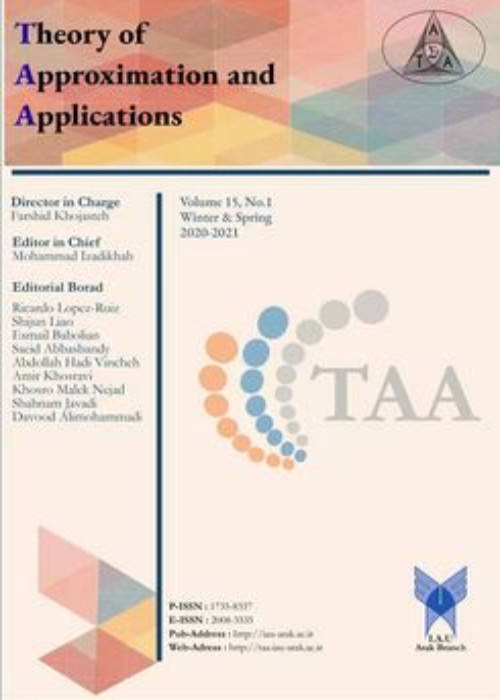Using DEA to Assess Research Productivity of Canadian Business Schools (1990-1999)
Dr M. Khodabakhshi
Page 1
The focus of this paper is to use Data Envelopment Analysis (DEA) to evaluate the research productivity of Canadian business schools based on the input of total faculty members and the outputs of citation and paper credits in each school. Using the data from Erkut (2002), we applied five DEA models to examine the productivity related issues in the Canadian business schools. The results are interesting and insightful. By using BCC model, we showed that a small business school like Algoma''s is also DEA efficient if the outputs are measured based on the performance of a whole business school. However, if the outputs are measured based on per capita, only UBC and McMaster are DEA efficient. By using the congestion model, we identified quite a few schools that have congestions including U. of Toronto and HEC who are ranked in top 9 most productive business schools in Erkut (2002). By using an output improvement model, we show that if the inefficient business schools increase their faculty members, their outputs can be further improved. By using an output improvement model with bounded input constraints, we provided more sensible suggestions for the business schools to improve their outputs. By using a super efficiency model, we ranked DEA efficient business schools. Finally, we compared Canadian business schools with two U.S. business schools, the results showed that in general, the two U.S. schools are better performers than the business schools in Canada.


